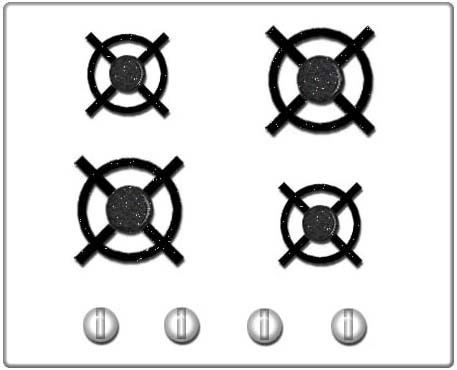 | ||
The term natural mapping comes from proper and natural arrangements for the relations between controls and their movements to the outcome from such action into the world. The real function of natural mappings is to reduce the need for any information from a user’s memory to perform a task. This term is widely used in the areas of human-computer interaction (HCI) and interactive design.
Contents
Mapping versus natural mapping
Mapping and natural mapping are very similar in that they are both used in relationship between controls and their movements and the result in the world. The only difference is that natural mapping provides users with properly organized controls for which users will immediately understand which control will perform which action.
A simple design principle:
Example of poor mapping and good mapping: kitchen stove
Consider, by way of example, the use of labelling on kitchen stoves with different arrangements of burners and controls.
Poor mapping: arbitrary arrangement of stove controls
In the above case, an arbitrary arrangement of controls, such as controls in a row, even though the burners are arranged in a rectangle, thereby visually frustrating the inexperienced user, leading to a period of experimenting with the controls to become familiar with the proper usage, and potential danger to the user.
